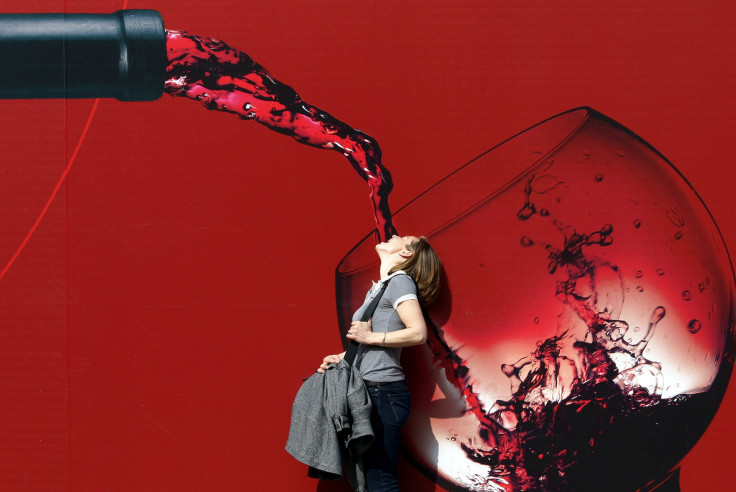New Zealand Wine Exports At Record High: Kiwi Brand Launches Low Alcohol Wine In UK

New Zealand's surge in the wine business became more manifest after exports touched a record high value of $1.37 billion with an 8.2 percent growth. The steep rise in exports has catapulted wine as sixth largest export commodity of the country. According to Philip Gregan, CEO, New Zealand Winegrowers, strong demand in key markets such as Australia, Europe, UK and China boded well for the wine industry, which is currently harvesting its 2015 vintage.
"Prospects for a high quality vintage are looking very positive due to the superb warm dry summer of 2015 that was absolutely perfect for growing and ripening grapes. As we move into autumn the prospect is for an outstanding, albeit smaller, vintage in all our grape-growing regions," Gregan said. Though volume wise, 2015 vintage is expected to be smaller than 2014, sales in the coming months would be fed by stocks from the 2014 vintage, he added.
Low Alcohol Initiative
Meanwhile, Villa Maria brand is launching a range of 9 percent abv wines in the U.K. market after the New Zealand government teamed up with the producers to position the country as a world leader in lower alcohol wines. The programme is the largest R&D effort ever undertaken by New Zealand’s wine industry.
The industry invested £4.35 million in the project and New Zealand government chipped in with £4 million. The team is exploring the U.K. market to see the response of U.K. retailers in listing New Zealand wines around 8 percent abv to 10 percent abv.
By launching the Villa Maria Lighter Private Bin range, New Zealand’s winery Villa Maria has taken a lead over its competitors. It is promising that the wines are of same quality as its classic 13 percent abv wines.
Referring to the quality, the U.K. market manager Paul Raper said, “previously low alcohol wines have not been that good. We are trying to provide lower alcohol but maintain the quality. We have access to best vineyard sites and grapes, so we maintain that quality without compromising. We will use slightly early picked grapes and carefully selected yeasts and extended skin contact to absorb a bit more flavour.”
Raper said low alcohol wines will gain traction in the coming years. That makes Villa Maria an early mover in the market. Fiona Mottershaw, brand manager for Villa Maria with the U.K. distributor Hatch Mansfield, said the wines will command the same price as the classic private bin wines and will include Sauvignon Blanc and Pinot Grigio.
Though wines are entitled for a tax break at 5.5 percent abv, that incentive failed to take off due to the dealcoholised taste. Rather tax break at 9 percent abv would definitely drive innovation, noted Mottershaw.
Natural Production
According to the Ministry for Primary Industries, the real challenge in low alcohol wines is not about just producing high-quality lower alcohol, lower calorie wines, but it is also about producing them naturally. This makes New Zealand a country of high quality wines with lower alcohol and lower calorie.
The ministry said the research project will focus on natural production using sustainable viticultural techniques and native yeasts unique to New Zealand in different processing methods. The programme aims to develop a number of viticulture and winery tools to make the New Zealand wine industry service the growing market for lower-alcohol wines, which are of high quality and are naturally-produced.
(For feedback/comments, contact the writer at kalyanaussie@gmail.com)






